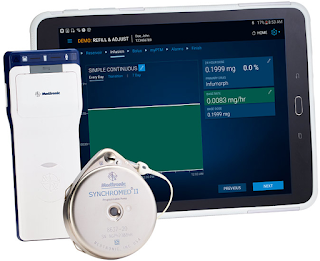Latest invention - Jet Man and latest Mobile phone
Jet Man

Inventor and former Swiss Air Force fighter pilot, Yves Rossy, jumped from a plane over Calais, France and flew 200 mph crossing the English Channel in 13 minutes before landing in Dover, England.
Earlier this year he unfolded the wings on his back and flew 186 mph (300 kilometers) above the Swiss Alps.
The spectacular demonstration was the first public revelation of his latest invention, which he spent five years developing.
"It is absolute freedom" says Rossy.
The inventor says his 120 lb Jetman suit will eventually be available to the public but it's still a few years away.
The flight over the English Channel was his second public demonstration. He is planning his next flight through the Grand Canyon.
Update: Yves Rossy has completed his flight over the Grand Canyon. He jumped out of a helicopter at 2,440 metres (8,000 feet) and soared over the Canyon at 330 km (205 mph) for eight minutes before deploying his parachute.
"My first flight in the US is sure to be one of the most memorable experiences in my life, not only for the sheer beauty of the Grand Canyon but the honor to fly in sacred Native American lands," said Rossy.
Latest Mobile Phone

A transparent flexible screen is the latest invention that will help create bendable phones.
A flexible screen allows a mobile phone to bend and stretch, making it more durable. Flexibility also allows for new input methods.
For example, you could flex the phone backwards or forwards to zoom in or out, to enlarge or reduce text size, and so forth.
But perhaps the biggest advantage with this technology is it gives you a greater screen to phone size ratio.
A limitation with current mobile phones is that if you want a bigger screen display, you need to have a bigger phone. The bigger the phone - the less convenient it is to carry.
But with flexible screen technology, mobile phones with large screen displays can be bent, folded or rolled-up into a compact size to fit any pocket.
The idea of bendable phones has been around for awhile but the touch screens in use couldn't tell the difference between the touch of a finger, a stretch, or a bend.
However, a recent breakthrough by scientists at the University of British Columbia (UBC) in Vancouver, Canada may have solved this problem.
 John Madden, a research scientist at the Massachusetts Institute of Technology (MIT) before joining UBC, has developed with his team of engineers a new transparent touch-sensitive flexible screen.
John Madden, a research scientist at the Massachusetts Institute of Technology (MIT) before joining UBC, has developed with his team of engineers a new transparent touch-sensitive flexible screen.
The screen is made from a type of hydrogel - a material similar to that used to make soft contact lenses.
What is unique about this latest invention is that electrically charged molecules flowing through the hydrogel projects an electric field beyond the flexible screen. When finger(s) approach the display, it can detect and distinguish them from a stretch or bend in the screen.
The hydrogel flexible screen is then connected to an electronic operating system and embedded into thin silicone rubber to create a bendable phone or tablet.
According to Madden, their hydrogel flexible screen is not soft or weak like how most people think of gels, but very tough (it's been used to replace cartilage), can stretch 20 times its size and is inexpensive to manufacture.


Comments
Post a Comment